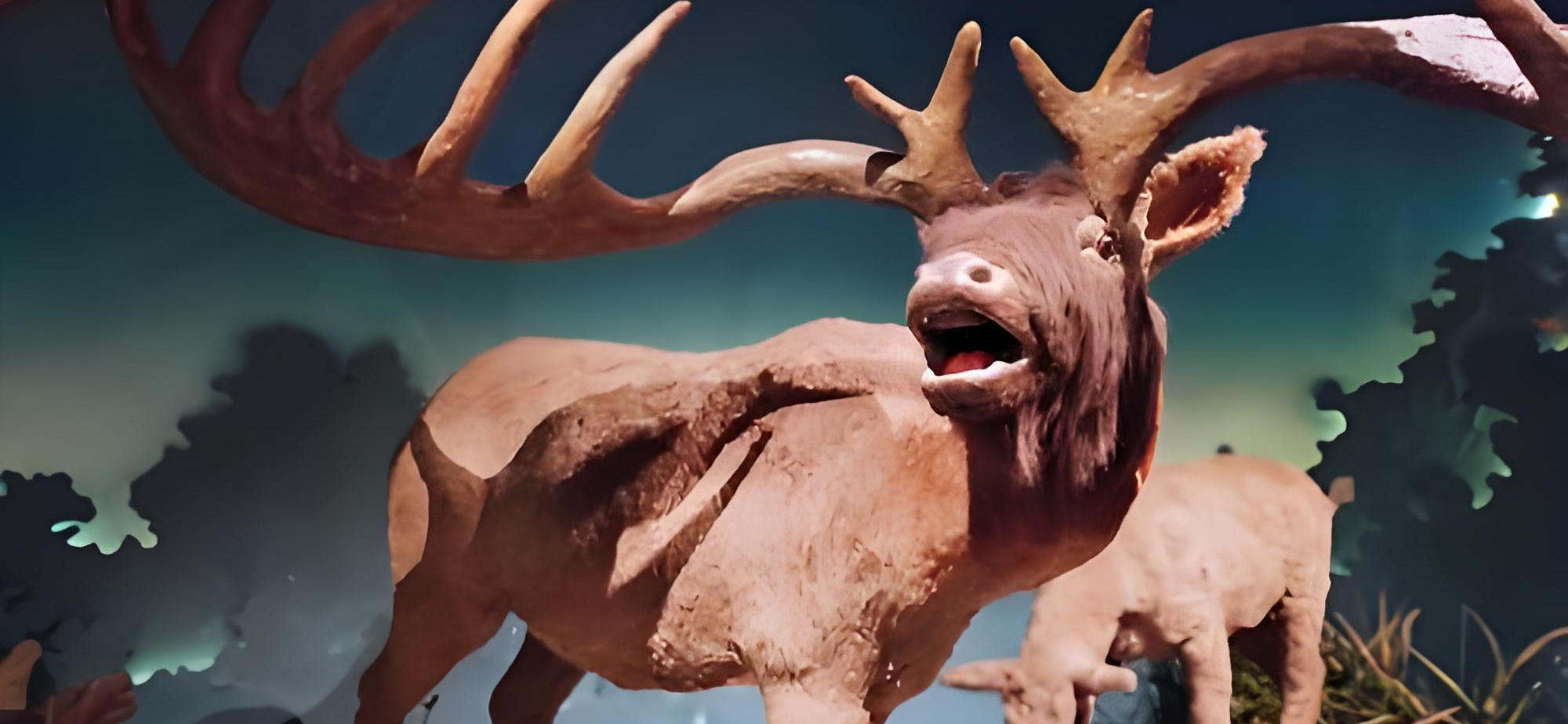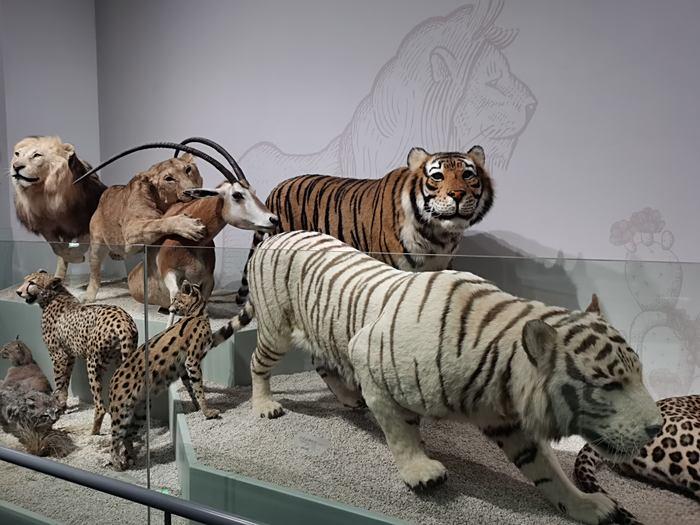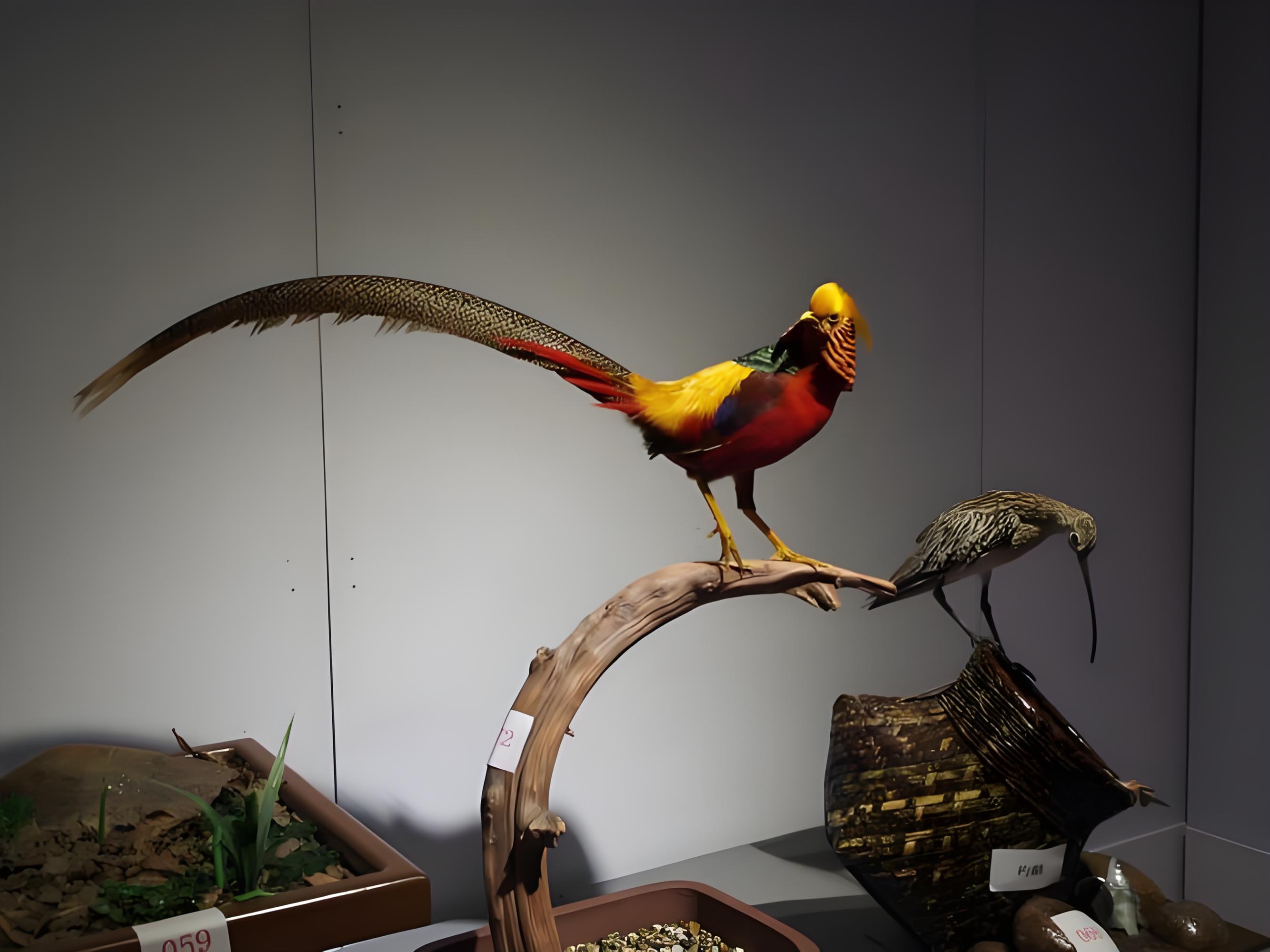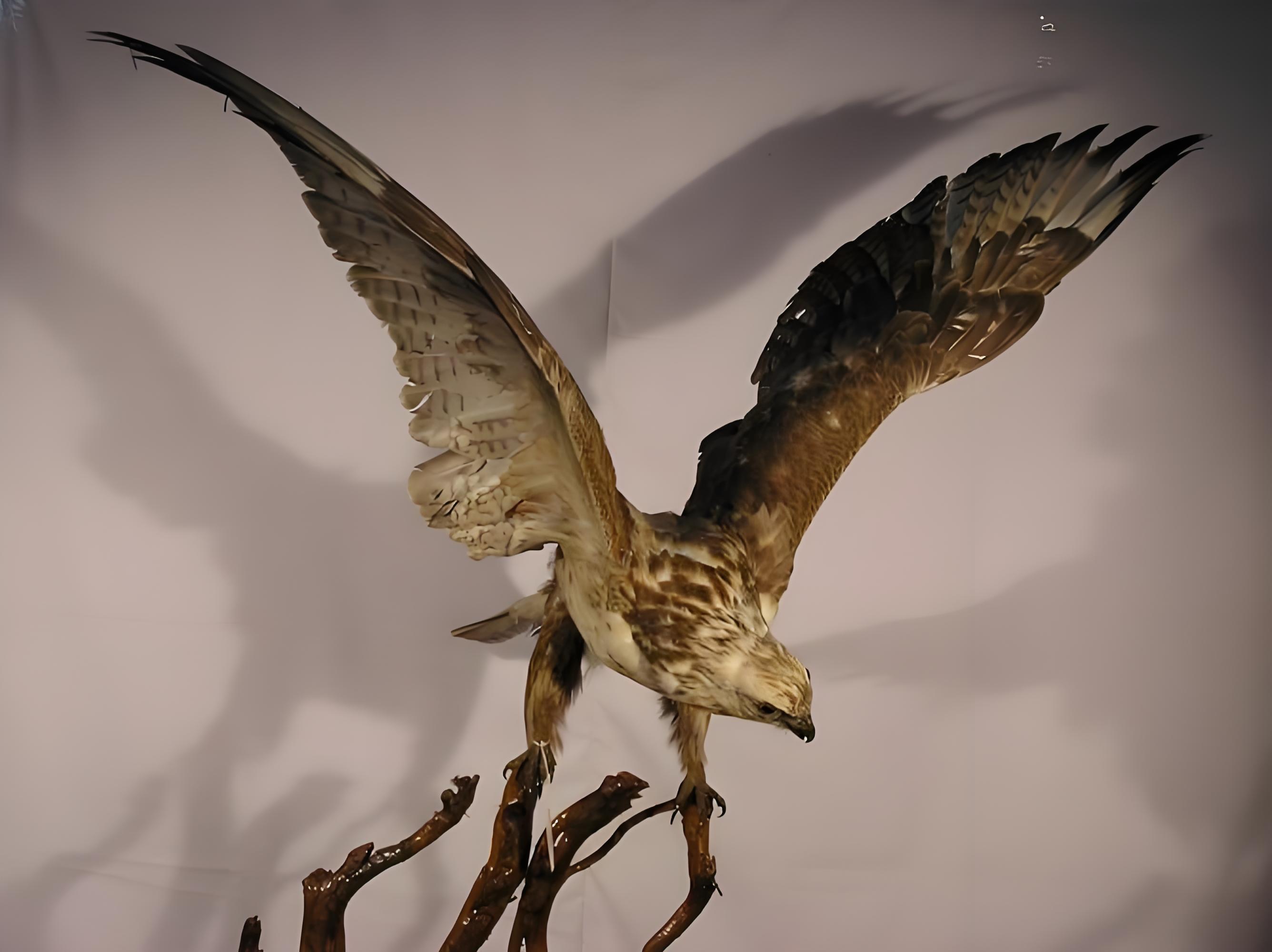These enthusiasts are not taxidermists, but rather artists who carve intricate sculptures from the remains of animals. This unique craft, known as animal specimen carving, requires precision, patience, and a deep appreciation for the beauty of the natural world.
These carvers are often drawn to the art form due to their fascination with the anatomy and physiology of animals. They study the intricacies of bone structure, muscle tissue, and other biological features to create lifelike representations of their subjects. The process is meticulous, requiring hours of careful planning and execution to bring their creations to life.
One of the most appealing aspects of animal specimen carving is the ability to preserve the essence of an animal's being, even after its passing. The carvers' work is not just about creating a beautiful piece of art, but also about honoring the animal's life and the natural world it inhabited.
The carvers' tools of the trade are often simple yet precise: scalpels, chisels, and sandpaper are used to shape and refine the specimens. The process is slow and deliberate, as each detail is carefully crafted to achieve the desired level of realism.
Despite the challenges and complexities involved, animal specimen carving has become a thriving community, with enthusiasts sharing their work and techniques online. Social media platforms are filled with stunning examples of these carved creations, from delicate bird forms to majestic deer antlers.
For those who have never seen such carvings in person, it's difficult to fully appreciate the level of craftsmanship and attention to detail involved. However, for those who have had the privilege of witnessing these creations firsthand, it's an experience that is both hauntingly beautiful and deeply moving.
Ultimately, animal specimen carving is a testament to the enduring power of art to connect us with the natural world. It's a reminder that even in death, there is beauty and significance




